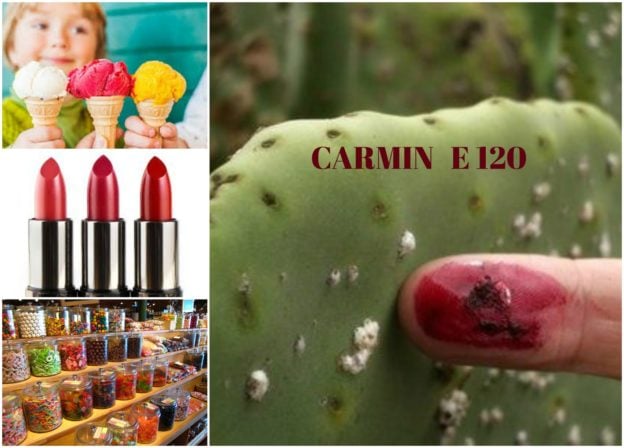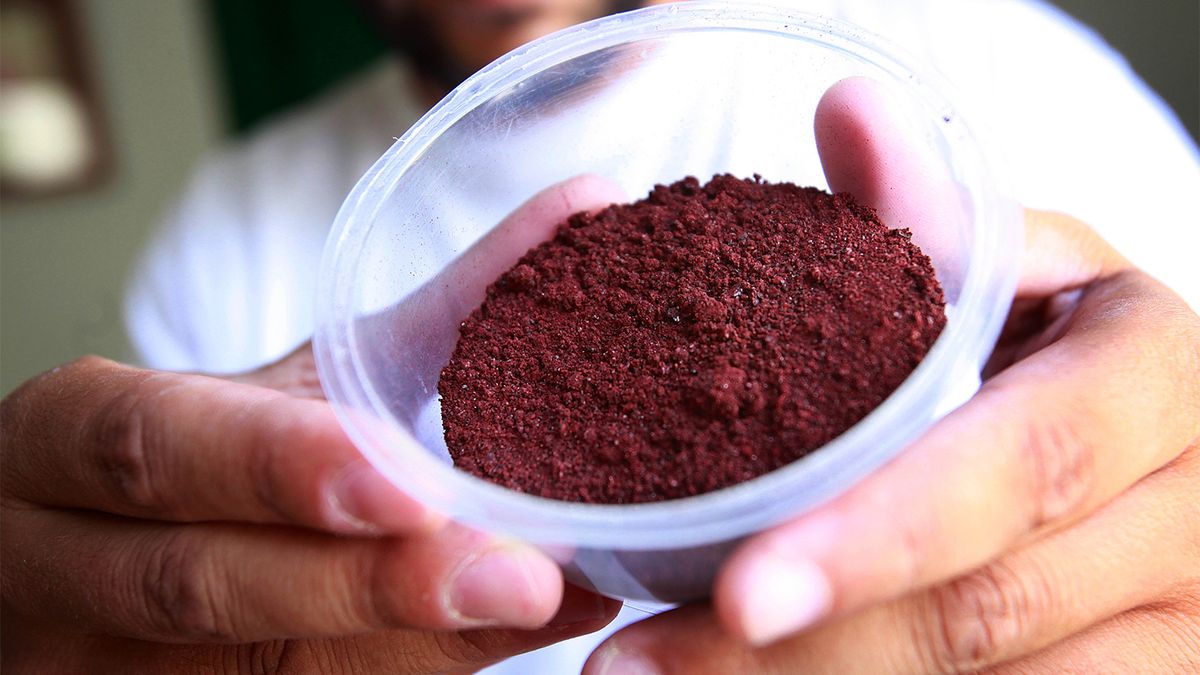The red food coloring carmine used in skittles and other candies is made from boiled cochineal bugs

The Red Food-Coloring Carmine: Made from Boiled Cochineal Bugs
Did you know that the red food-coloring carmine, used in popular candies like Skittles, is made from boiled cochineal bugs? That’s right! This seemingly innocent red dye derives from these tiny insects. But how did this peculiar practice come about? Let’s dive into the fascinating story behind carmine.
Cochineal bugs are small insects native to South America and Mexico. They have been used for centuries by indigenous people for various purposes, including dyeing fabrics. Their vibrant red color, derived from a pigment called carminic acid, caught the attention of Spanish conquistadors when they arrived in the region.
The process of making carmine begins by gathering enough cochineal bugs to produce a substantial quantity of dye. These insects feed on cacti and are carefully harvested by hand. To ensure a high-quality pigment, the bugs must be alive when they are collected. Once harvested, they are carefully heat-treated by boiling or exposure to steam or sunlight.

During the heat treatment process, the bugs release carminic acid, which is the key compound responsible for their intense red color. The liquid obtained from this process is then concentrated and filtered to remove impurities. Eventually, the resulting pigment is used to create carmine, a red food dye.
Carmine has a long history of use in the food industry, particularly in candy production. Its vivid red hue makes it an attractive choice for various confectionery products like Skittles, which sport their distinctive color thanks to this bug-derived dye.
Despite its origin and some ethical concerns surrounding the use of insects for dye production, carmine is considered safe for consumption by regulatory authorities such as the U.S. Food and Drug Administration (FDA). However, it is important to note that some individuals may have allergic reactions to carmine, and manufacturers are required to list it as an ingredient on packaging.
Aside from the candy industry, carmine is also extensively used in cosmetics, including lipsticks, blushes, and eyeshadows, due to its vibrant red shade. It is valued for its ability to produce intense, long-lasting color.
As you indulge in your favorite red-colored candies, take a moment to appreciate the complex journey that led to their vibrant hues. The humble cochineal bug has played a significant role in creating the striking red dye, carmine, enhancing the appeal of numerous confectionery products for generations.
For more information on the use of cochineal bugs in food coloring, you can refer to Live Science.
Related Posts
Quick Links
Legal Stuff


